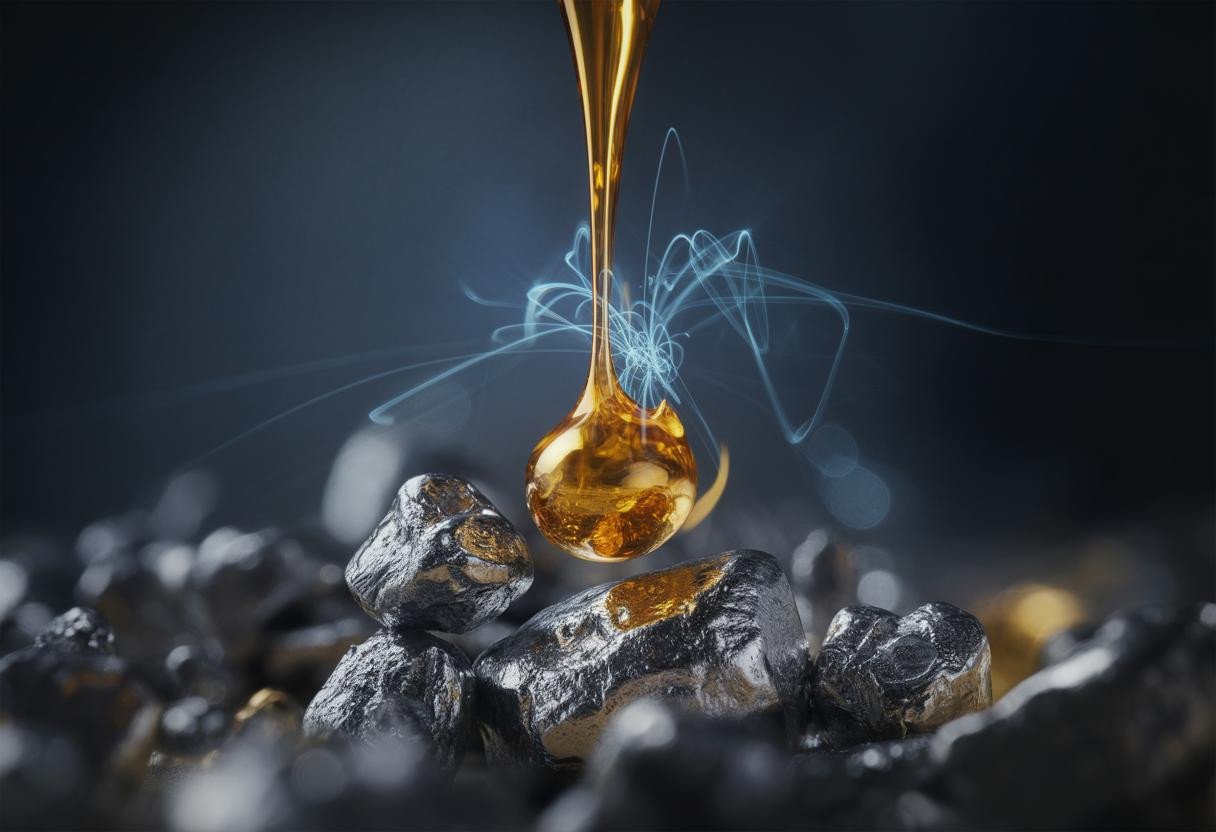In May 2025, a fascinating revelation emerged from CERN’s Large Hadron Collider (LHC): scientists have indeed transformed lead into gold. This achievement, while technically remarkable, comes with important caveats that separate modern particle physics from ancient alchemical dreams. The process involves high-energy collisions between lead nuclei, where electromagnetic forces cause lead atoms to shed three protons, briefly transforming them into gold.
The alchemist’s dream realized—sort of
Medieval alchemists spent centuries seeking ways to transform base metals into precious gold. Today, CERN physicists have accomplished this feat, though not in a way alchemists could have imagined. During the LHC’s specialized lead-ion collision experiments, the process creates approximately 89,000 gold nuclei per second—an impressive number until you consider the total mass.
“What we’ve achieved is scientifically groundbreaking but practically insignificant in terms of gold production,” explains Dr. Marco Van Leeuwen, ALICE Spokesperson. “The total gold produced over years of experiments amounts to about 29 picograms—that’s 29 trillionths of a gram.”
How lead becomes gold in a particle accelerator
The transformation happens during “near-miss” collisions between speeding lead nuclei. When these nuclei pass close to each other without direct contact, powerful electromagnetic fields can strip three protons from lead (atomic number 82), creating gold (atomic number 79). This process mirrors similar phenomena that occur in massive cosmic structures where extreme conditions transform elements.
Why you won’t be wearing LHC gold jewelry
Several factors make this “gold rush” purely academic:
- The gold nuclei exist for only a microsecond before fragmenting
- The total production over three years equals just 29 picograms
- The cost of production far exceeds any commercial value
- The nuclei can’t be collected or stabilized for practical use
From science fiction to scientific reality
The achievement brings to mind futuristic scenarios depicted in science fiction like Murderbot, where advanced technology transforms our understanding of what’s possible. “The LHC’s ability to momentarily transform elements is like watching the universe’s periodic table become a musical keyboard—elements shifting tones as energy flows through them,” says Dr. Uliana Dmitrieva, CERN physicist.
The technological marvel behind the discovery
Detecting these fleeting gold nuclei requires extraordinary technology. ALICE’s Zero Degree Calorimeters can track particles produced during collisions with incredible precision. This technological feat rivals recent advancements in AMD’s AI processors and Apple’s Vision Pro in terms of pushing boundaries of what technology can achieve.
Scientific benefits beyond golden dreams
The real value lies in scientific knowledge:
- Enhanced understanding of nuclear physics and electromagnetic interactions
- Improved models for future particle accelerators
- Insights into matter formation in the early universe
Will science replace traditional gold mining?
While automation disrupts many industries, gold mining remains safe from particle accelerator competition. The LHC process is like trying to fill a swimming pool with an eyedropper—theoretically possible but practically absurd.
“This is pure knowledge-seeking science,” notes physicist John Jowett. “The gold standard in physics is understanding, not producing actual gold.”
What would alchemists think of our modern transmutation?
Ancient alchemists sought gold transformation as both a physical process and spiritual metaphor. Today’s achievement represents humanity’s scientific evolution—we’ve technically achieved their goal while simultaneously proving why their practical dream remains elusive. Like the philosopher’s stone, the real treasure is the knowledge gained along the way.
